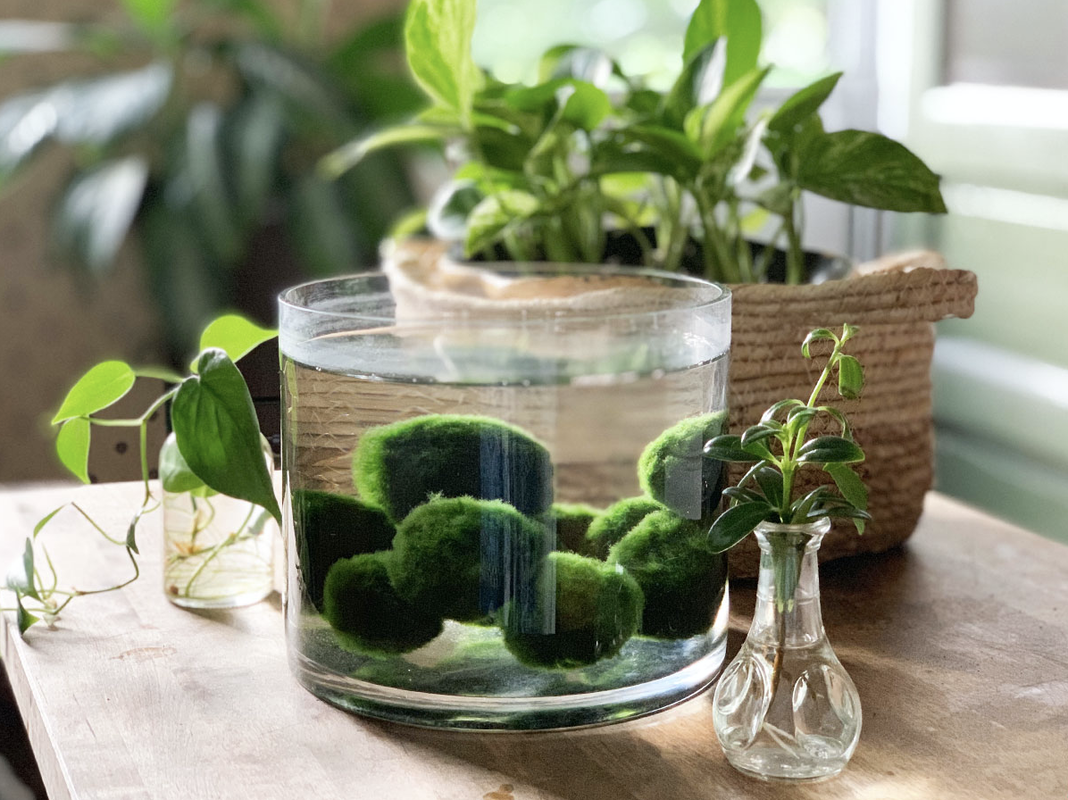|
The Aegagropila linnaei, otherwise known as the Marimo moss ball, is a species of filamentous green algae that is known for its unique shape and velvety smooth complexion. Marimo moss balls grow by absorbing nitrates, phosphates, and other organic waste from the water. As they grow, they purify the water they live in and provide oxygen for animals that live with them. Horticulture Chair Nancy Percivall shares the history and fun facts on this interesting species.
HISTORY & FUN FACTS:
Comments are closed.
|
CATEGORIES
All
|
Photos from Landscape Design Advisor, Sharon Mollerus, Puddin Tain, Donnaphoto

